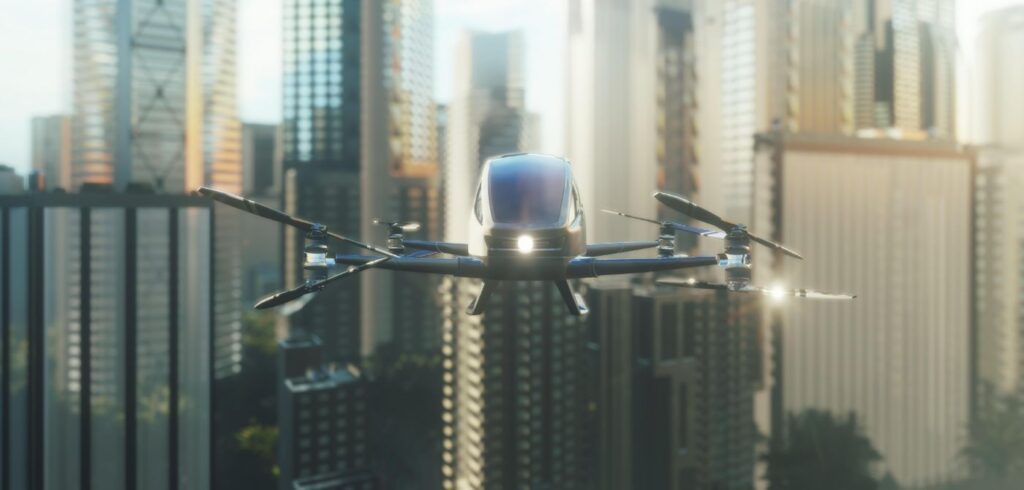On August 3, 2022, the White House held a summit on advanced air mobility, including drones and electric vertical take-off and landing (eVTOL) aircraft. The summit was hosted by the White House Office of Science and Technology and included presentations from: NASA administrator Bill Nelson; Federal Aviation Administration (FAA) administrator (acting) Billy Nolen; and JoeBen Bevirt, founder and CEO of Joby Aviation.
Other speakers included representatives from the Commercial Drone Alliance, the Choctaw Nation of Oklahoma, the US Army, the National Football League (NFL), and the Departments of Homeland Security and Justice, among others.
The summit examined “the future of aviation in America and the regulatory strategy towards responsible and equitable adoption of these technologies”, with specific topics including exploring the benefits of uncrewed aerial systems (UAS) and advanced air mobility (AAM) vehicles to the public; emerging aviation technology in local communities; National Airspace integration for UAS/AAM; security concerns raised by emerging aviation technologies, such as the threat of rogue drones; and getting ready for the next generation of flight. The summit closed with a panel discussion ‘Promoting American Global Leadership and Competitiveness into the 21st Century’ before closing remarks by Joshua Geltzer, deputy assistant to the President and Deputy Homeland Security Advisor, National Security Council.
At the summit, Nolen indicated that two companies expect to earn FAA certification of their advanced air mobility (AAM) vehicles as early as 2024, and noted that the FAA has received many proposals for a diverse set of AAM concepts. According to Nolen, more than 860,000 drones are registered in the USA, and by 2025, the USA could have more than 2.6 million commercial and recreational drones flying in its airspace.
Nolen said that in addition to supporting certification for eVTOL aircraft, another priority for the FAA is working to enable routine drone operations that can be carried out beyond the line of sight of a visual observer. Addressing this issue is crucial to the future of such aircraft. Nolen also noted that the FAA has “a comprehensive integration strategy for drones and AAM” involving partners at NASA and other federal agencies.
This summit demonstrates support by the Biden Administration of further development of the AAM industry. Despite the early phase of the industry, major players are making advances toward this next generation of flight. Joby Aviation, whose CEO spoke at the summit, expects to start operations of its eVTOL aircraft in 2024, and is pursuing FAA certification. Another eVTOL developer, Archer Aviation, announced on July 28, 2022, that it had successfully completed “all of its ‘critical azimuth’ flight tests, marking the completion of the second of three key phases of flight testing”. Advances like this signal that a new era of unmanned flight is coming closer to reality.
As the USA moves toward this next generation of flight, we expect that the regulatory environment will also adapt, presenting challenges for the industry. To that end, at the summit, Nolen emphasized the importance of safety regulation in this new era of flight: “As with all aspects of aviation that came before, this new era will be an evolution, where advancement to the next step will be based on safety. As safety regulators, it is the job of the FAA and its counterparts around the world to help ensure that innovation doesn’t come at the expense of safety.”
Manufacturers and operators in the industry should stay abreast of changes in the regulatory environment as the USA continues to examine how to integrate UAS/AAM vehicles into the national airspace system.
 Oliver Beiersdorf, partner at global law firm Reed Smith and group chair of the Transportation Industry Group. He is based in New York.
Oliver Beiersdorf, partner at global law firm Reed Smith and group chair of the Transportation Industry Group. He is based in New York.

Justin deBettencourt, associate at global law firm Reed Smith. He is based in Tysons, Virginia.

